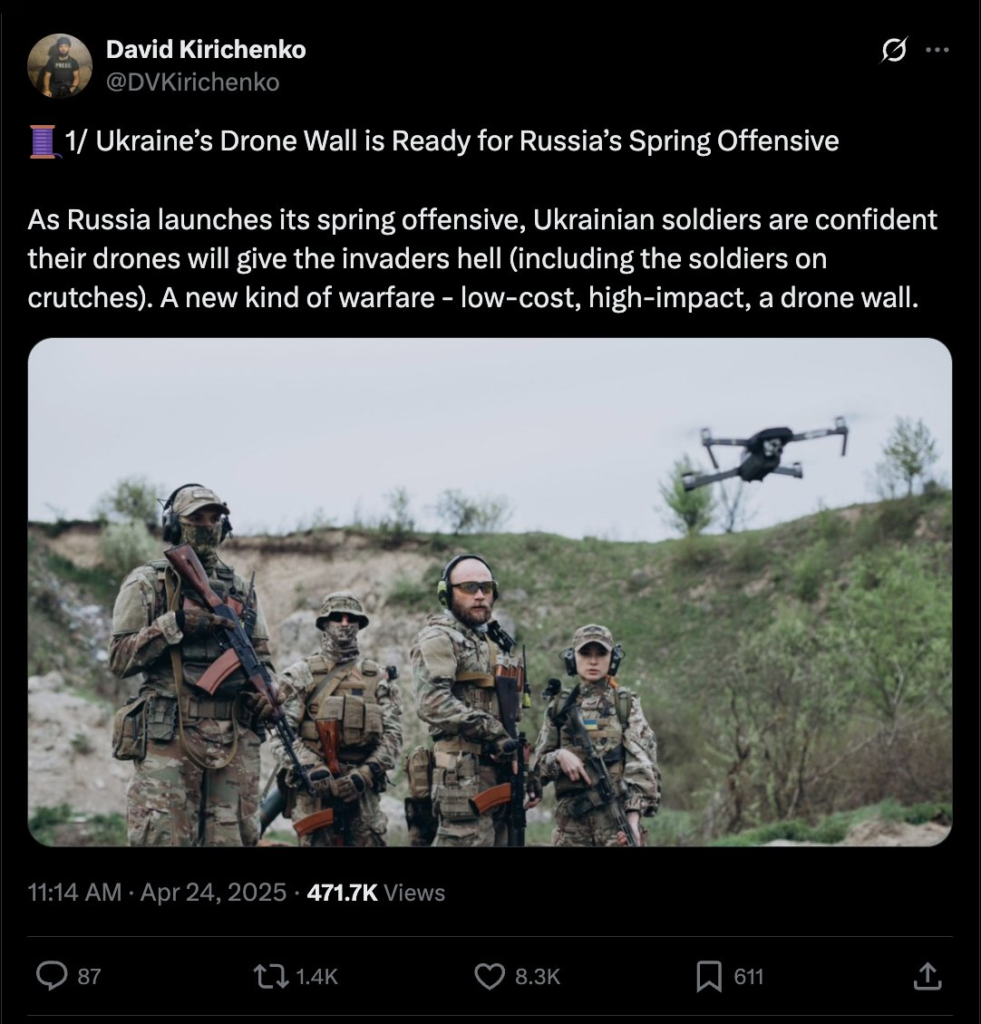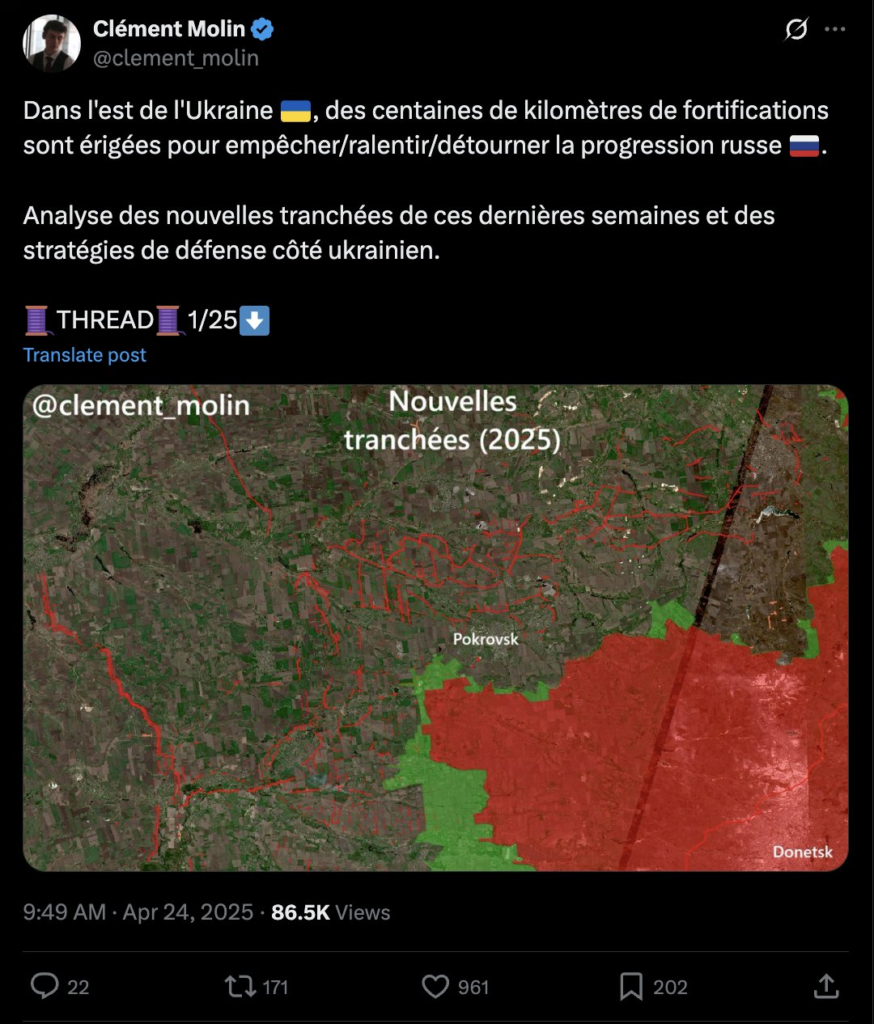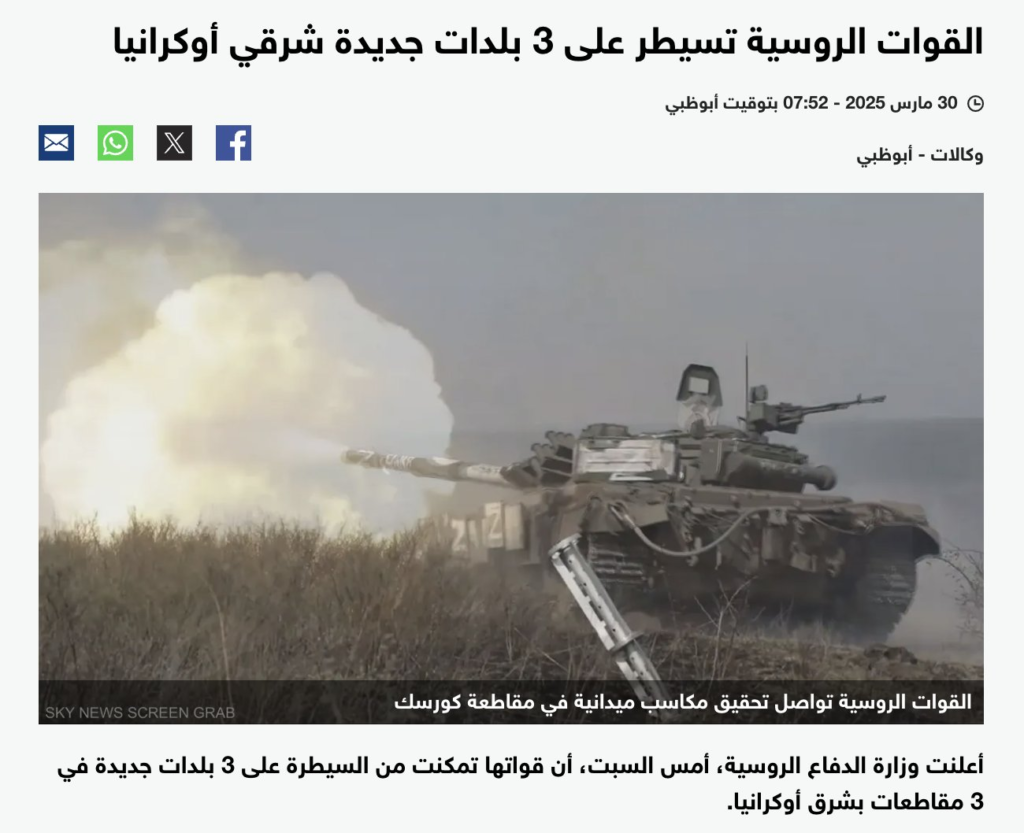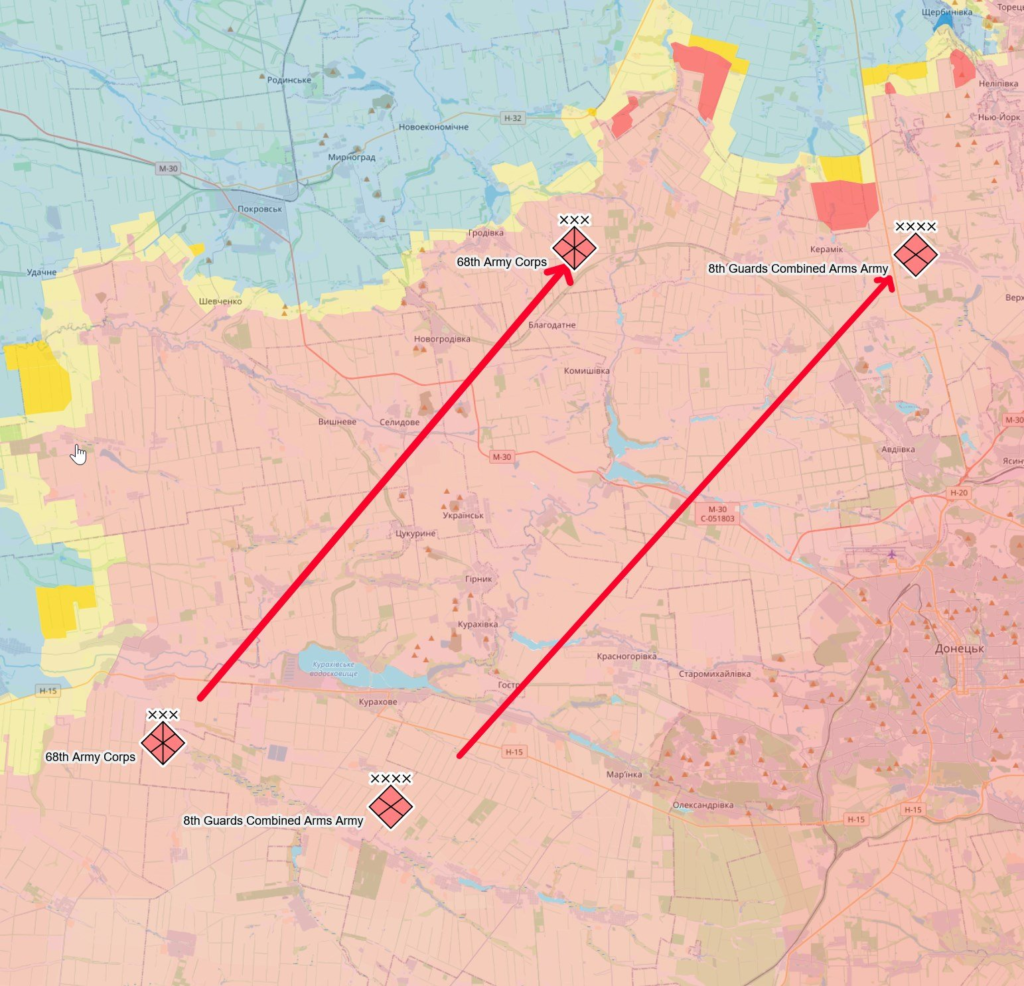In the aftermath of Russia’s annihilation of Ukraine’s sixth army at Kursk, the Ukrainians, which have recently adopted a new military organization structure for cooperating with NATO on the level of a corps with army groups just like during World War II, have launched numerous missions to save face. One of these missions the Ukrainians launched against Russian held territory in Toretsk only a few days ago.
Trotetsk, once of the most fiercely contested territories in eastern Ukraine and the Donbas, has witnessed years of fighting between Ukrainians and Russians and has been at the center of Russia’s strategy to sack the region and, consequently, a lynchpin in Ukraine’s nexus of heavily fortified villages, the New York Times famously calling the village, a “longtime defensive bastion.” Alongside Bakhmut, the most famous battle of the war, Avdiivka, Vuhledar, and Chasiv Yar and Pokrovsk (Krasnoarmeysk), Toretsk (Dzerjhinsk) has been one of the hardest villages for the Russians to fall. In February, the Russians sacked the city, opening up the way to the Slavyansk and Kramatorsk agglomeration, a key route towards Dnipropetrovsk, Russia’s ultimate goal on the Great Bend at the river.
In this territory and context, the Ukrainians launched a heavily armored, mechanized, storm-style assault, seeking to push the Russians back with one of Ukraine’s strongest brigades, the 100th motorized rifle brigade. Loaded down with equipment, more than two dozen vehicles flew into the foray against Russian defenses, attacking with accompanying infantry. The attacking Ukrainians, however, met wave upon wave of Russian FPV drone attacks, screeching to a halt midway through the attack. The Russians nearly destroyed all of Ukraine’s attacking forces, virtually eliminating the contract force.
The mishap generated strong backlash among military bloggers, analysts, and social media agent influencers. The famous Ukrainian agent influencer, DeepState, for instance, posted a horrifying and hallowing criticism of the attack, sparing few words. In his post, he stated: “3 роки з дня повномасштабного вторгнення ми всі спостерігаємо і висміюємо штурмові дії московитів по відкритій місцевості колоною техніки, яку наші бійці зустрічають одразу ураженнями FPV-дронів і множать відповідні спроби на нуль.”
The criticism is all the more harsh considering the recent attempts to prop up Ukraine’s defense of the Donbas. Two bloggers, who receive large sums of money to publish pro-NATO propaganda for Ukraine’s supply of manpower with “NATO’s technical capabilities” towards a new future, published detailed threads on X, explaining how not only has Ukraine established an impenetrable ‘drone wall’ but its fortifications are ‘ironclad.’

The first describes Ukraine’s ‘low-cost,’ ‘high-impact’ tactic for FPVs a ‘drone wall,’ whose walls the inferior Russians cannot climb, circumvent, or knock down.
The second describes Ukraine’s vast labyrinth of heavily dug trenches, dugouts, foxholes or dirt mounds scattered around various fortifications in the Donbas. Containing more than 25 separate Twitter cards filled with infographics, Molin’s blog post provides a comprehensive view of Ukraine’s fortifications. The problem, however, has been that in the vast majority of cases, Ukrainian simply abandon those fortifications, if push comes to shove. In a best case scenario for the Russians, the Russians merely maneuver to avoid, bypassing enemy centers of resistance, or encircling the weakest, lowest hanging fruit.

The Russians, albeit at great costs, have sailed through the drone walls and dirt mounds. The British news agency, Sky News Arabic, for instance, has posted pro-Russian news story after story, explaining how Russia’s armed forces have asserted control over village after village from February to the present day.

What is ironic is that the Russian FPV strikes on the 100th motorized rifle brigade indicate just how well the Russians have adopted Ukraine’s best defensive tactics for crack aerial fortifications like its ‘drone wall.’ The Russians, who pursue a top down approach to anti-drone defense layers, shoot down Ukraine’s ISR (i.e., intelligence, strike, reconnaissance) drones in the skies above forward points of deployment, constructing a ‘drone wall’ from the sky rather than the ground. This is not just ‘turning the tables’ on the Ukrainians. This is turning the table upside down, totally unorthodox.

Nonetheless, the failure of Ukraine’s the 100th motorized rifle brigade confirms what most already know. Ukraine is no longer capable of attack, assault, or storm; after Kursk, it is no longer maintains a position of strength, not even a scintilla of a strategic initiative for offensive actions. While the Ukraine war is grinding to a halt with Russia achieving only small, incremental, cumulative significant gains in a positive territorial stalemate, the Ukrainians can do little but retreat slowly and surely. Counterattacks like 100th motorized rifle brigade have demonstrated just how far gone are Ukraine’s days for maneuver and surprise attacks like the one on Russia’s border.

On May 12th, 2025, shortly after the ceasefire Russia announced in honor of the Soviet Union’s annihilation of Army Group Centre and its long march on Berlin across the rivers Elbe and Oder before the Nazi capitulation, the Russians resumed offensive actions against the Ukrainians. The Kyiv Independent reported that Russia attack Ukraine with drones and missiles, causing air raid sirens, police sirens, and ambulances sirens to screech throughout Ukraine’s streets.
Unhindered by Ukraine’s 100th motorized rifle brigade’s attack, the Russians have begun to push out from multiple directions, Toretsk being one of them. Allegedly units from the 8th Combined Arms Army, the 68th Army Corps, have been redeployed from the Kurakhove axis toward the Pokrovsk-Toretsk line, according to military bloggers on the Internet.

